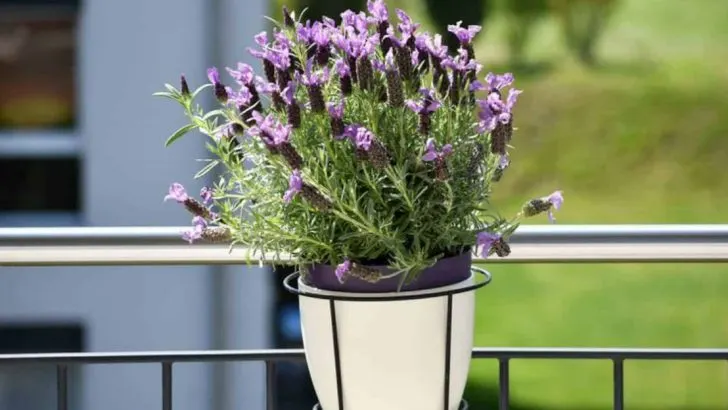Your thirsty balcony plants are staging a revolt! You water at dawn, you water at dusk, and by noon they’re begging for mercy. Geraniums turning crispy? Petunias packing up? It’s a desert out there on your railing. But some greenery laughs at scorch and sips. Succulent stalwarts that hold water like champions. Tough-as-nails lantanas flaunting blooms all day. Ornamental vines that cling happily through heatwaves. Say goodbye to constant misting and guilt trips. We’ll expose the eight divas that flop before midday. Then we’ll crown the eight heroes that handle sun like pros— the ones that shrug off drought and keep your balcony buzzing. Ready to swap drama queens for heat-hardy rock stars? Grab your gloves and let’s rescue your pots from the brink— because your balcony deserves guests, not guilt trips!
Lavender
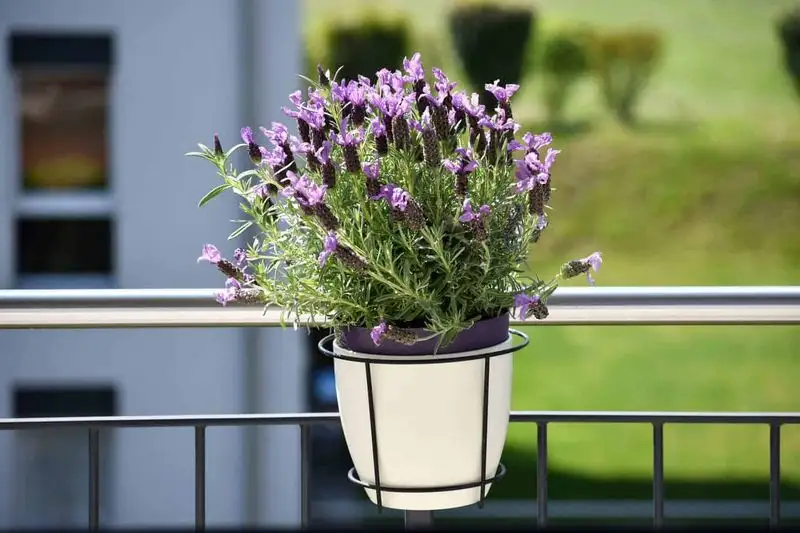
Lavender exudes a calming scent, often reminding one of lush fields in Provence. This aromatic beauty, however, dries out swiftly when exposed to relentless sun. Its Mediterranean roots mean it loves sunlight, but without regular watering, the charm can fade quickly.
Lavender’s enchanting fragrance and purple hue make it a favorite, yet its thirst for water on hot days shouldn’t be underestimated. Balancing sunlight with hydration is key.
Did you know? Lavender has been used since Roman times for its soothing properties. Its history as a healing herb is as rich as its color.
Fuchsia
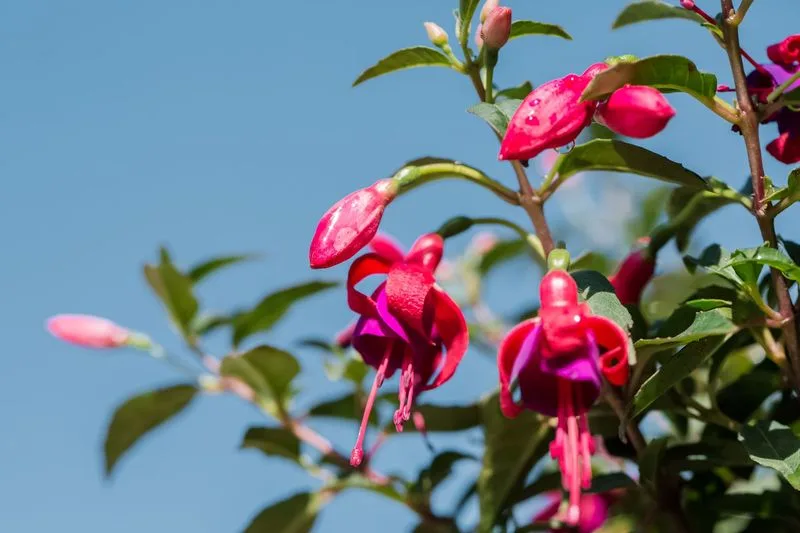
Fuchsia, with its bold, pendulous blooms, can instantly captivate any gardener. Its vibrant colors, reminiscent of a painter’s palette, are a visual delight. However, its delicate roots make it susceptible to drying out, craving consistent moisture.
Despite its thirst, the fuchsia’s dazzling appearance makes it a worthwhile challenge. Regular watering ensures those stunning blossoms don’t wither away.
Fascinating tidbit: Fuchsias were named after Leonhart Fuchs, a 16th-century botanist. Their captivating beauty and unique shape have inspired artists for centuries.
Impatiens
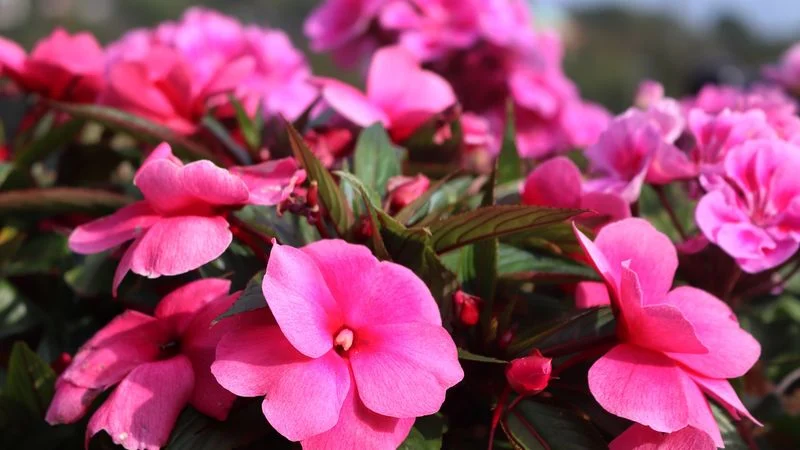
Impatiens, often called “busy Lizzies,” bring a splash of color to shady balcony corners. Known for their vibrant blooms, they thrive in shaded environments but are quick to wilt without adequate moisture.
Their name might suggest impatience, but it truly describes their swift reaction to drying out. Consistent watering keeps these blossoms fresh and lively.
Did you know? Impatiens seeds can “explode” out of their pods. This unique trait helps them spread naturally in the wild, adding intrigue to their beauty.
Begonia

Begonias, with their diverse shapes and colors, are a delight for any gardener looking to add texture. Their lush foliage and bright blooms are eye-catching, bringing life to any space.
However, begonias are sensitive to drying out. They require consistent watering, especially in dry spells, to maintain their lush appearance.
Interesting fact: Begonias are named after Michel Bégon, a French politician and plant collector. Their variety makes them a versatile choice for both novice and experienced gardeners.
Coleus
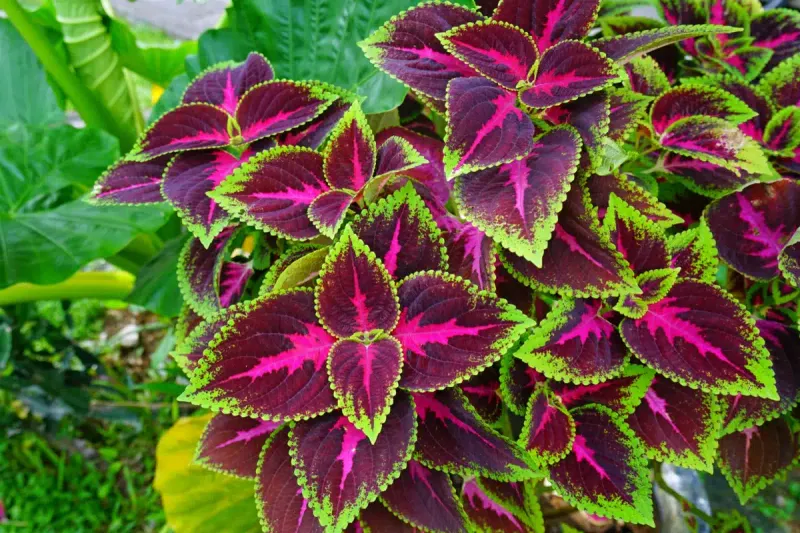
Coleus, known for its kaleidoscope of leaf colors, is like nature’s stained glass. Its leaves display a myriad of colors, making it a visual feast for the eyes.
Though stunning, coleus can dehydrate quickly under direct sunlight, demanding regular watering to display its full glory.
Fun fact: Coleus is often used in traditional medicine in Asia. Its vibrant foliage isn’t just decorative; it has been valued for its therapeutic properties.
Geranium
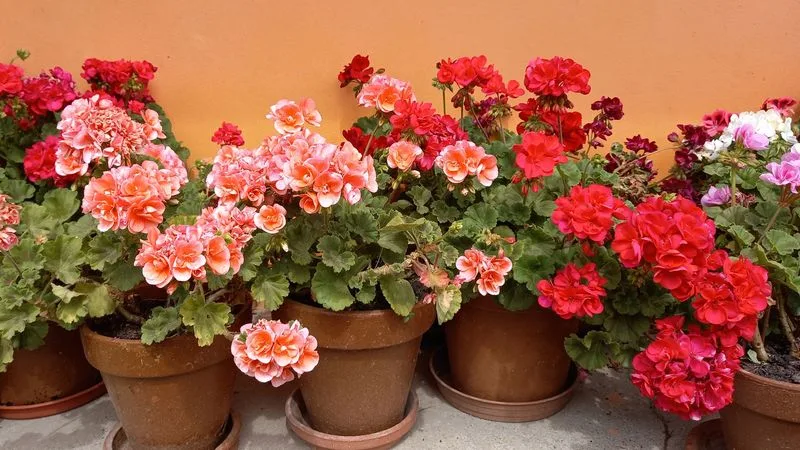
Geraniums, with their bright blossoms and distinct foliage, are often seen adorning balconies. These low-maintenance plants offer a cheerful display of bright reds and pinks.
Despite their hardy nature, geraniums dry out swiftly under intense sun, needing regular hydration to bloom brilliantly.
Interesting tidbit: The scent of geranium leaves varies among species, with some offering a rose-like fragrance, while others smell like lemons or mint. Their aromatic leaves add an extra layer of enjoyment for gardeners.
Calibrachoa
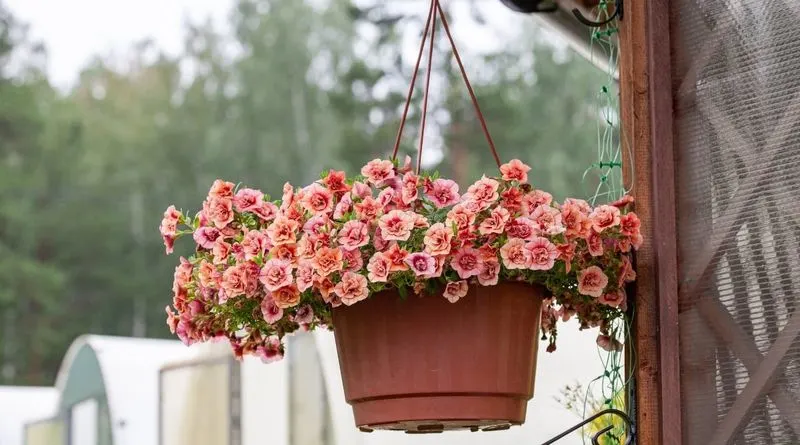
Calibrachoa, often called “million bells,” resembles a miniature petunia with its cascade of small, bell-shaped flowers. These plants can produce a stunning waterfall effect from hanging baskets.
However, they are thirstier than they look. Their tiny blooms require consistent watering, especially in heat, to maintain their vibrant display.
Did you know? Calibrachoa was only classified as a separate genus in the 1990s. Its relative newness to horticulture hasn’t stopped it from becoming a favorite in container gardens worldwide.
Succulents
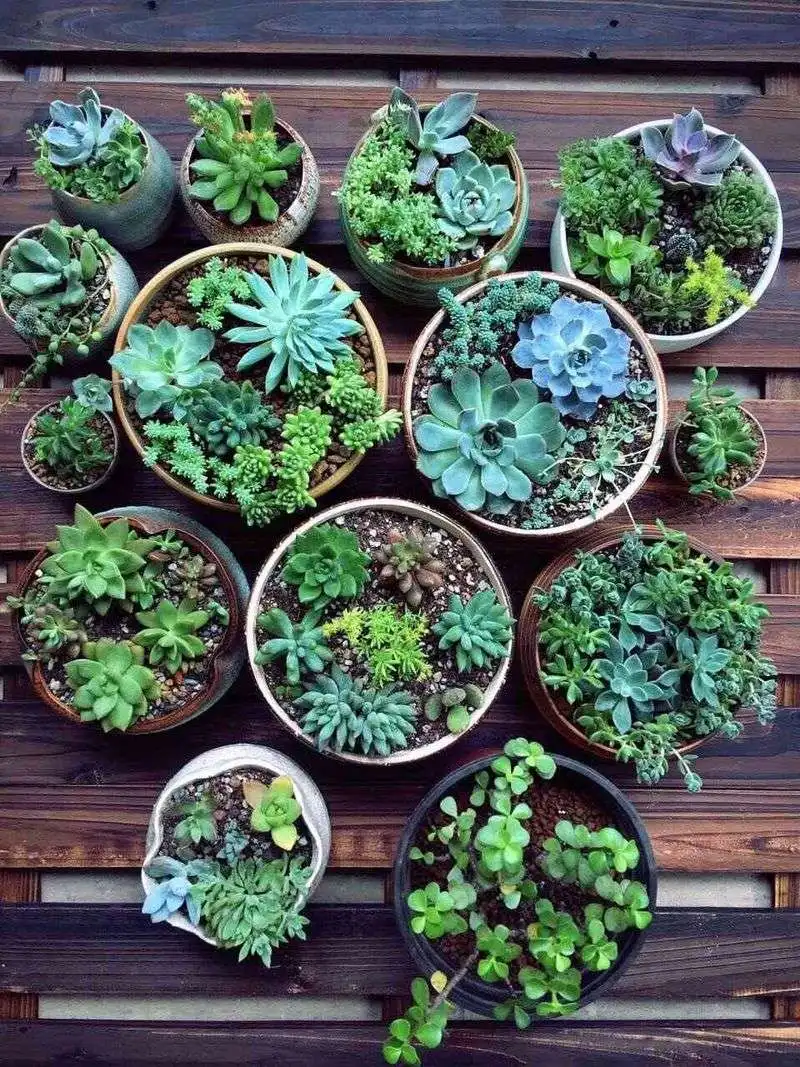
Succulents, with their thick, fleshy leaves, are designed to thrive in dry conditions. These resilient plants store water, making them ideal for sunny balconies.
They flourish with minimal care, basking in the sunlight without quickly drying out. Their unique shapes and colors add a contemporary flair to any space.
Fun fact: Succulents have evolved to endure harsh climates, and some species can survive without water for months. This remarkable adaptation makes them perfect for those who prefer low-maintenance greenery.
Jade Plant
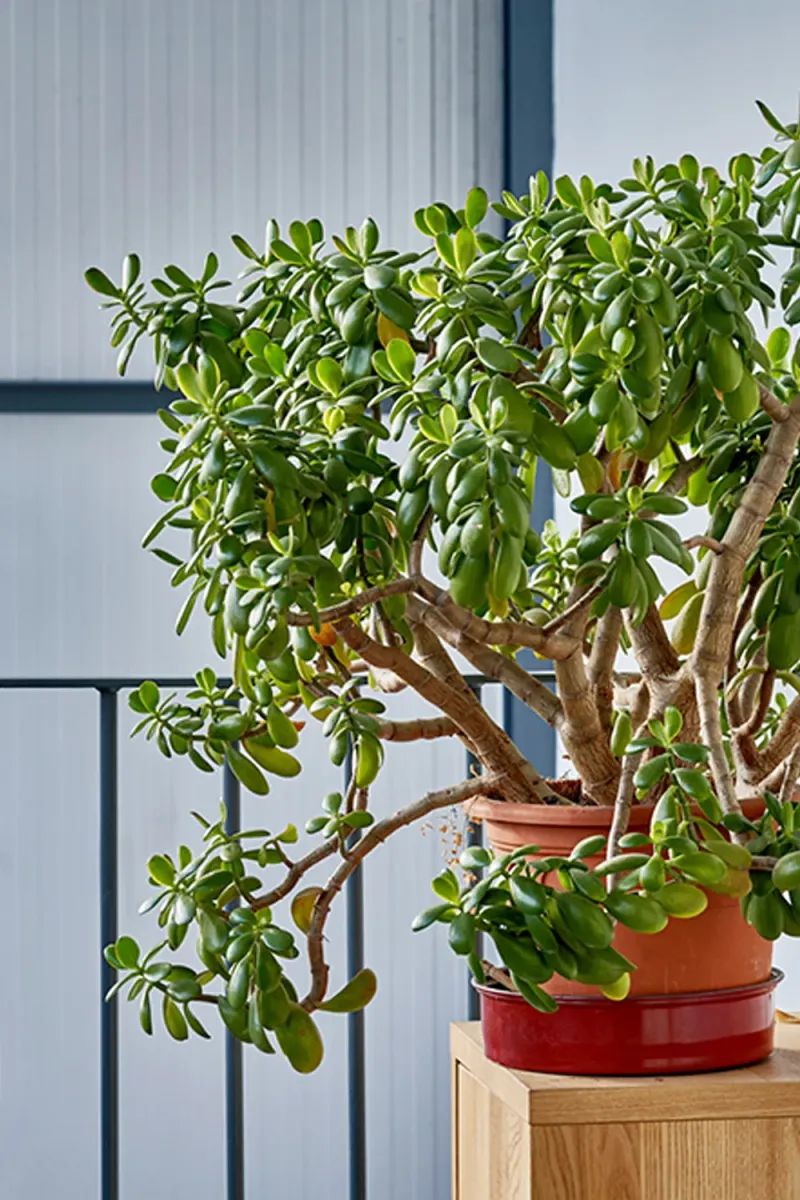
Jade plants are the epitome of resilience, thriving where many others wilt. With their thick, glossy leaves, they store ample water to endure hot conditions.
These slow-growing plants enjoy basking in the sun, requiring minimal watering. Their adaptability makes them popular among both novice and seasoned gardeners.
Did you know? The jade plant is often considered a symbol of luck and prosperity in many cultures. Its hardy nature and easy care make it a cherished addition to any balcony.
Cacti
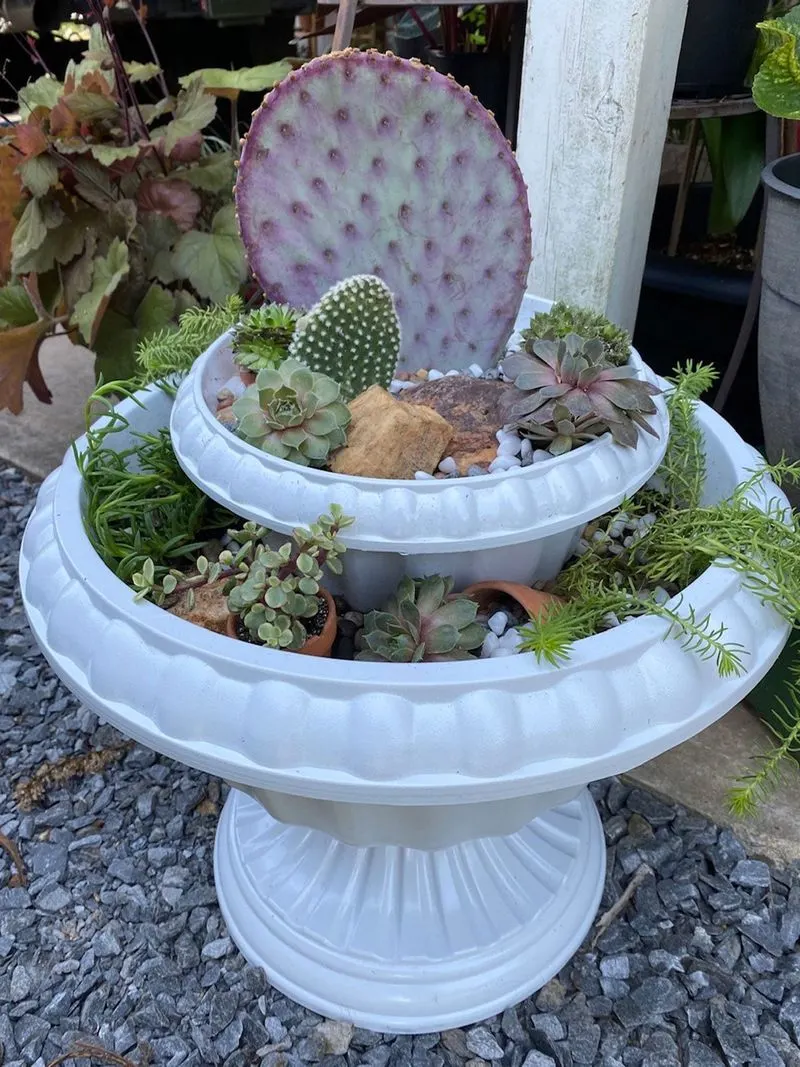
Cacti, synonymous with desert landscapes, are the ultimate survivors of extreme heat. Their ability to store water in their thick bodies allows them to thrive in sunny, arid conditions.
These spiky plants require minimal watering, making them ideal for those who prefer a hands-off approach to gardening. Their unique forms add architectural interest to any balcony.
Intriguing fact: Some cacti can live for over a century, embodying endurance and longevity. Their diverse shapes and sizes make them a fascinating addition to any plant collection.
Aloe Vera
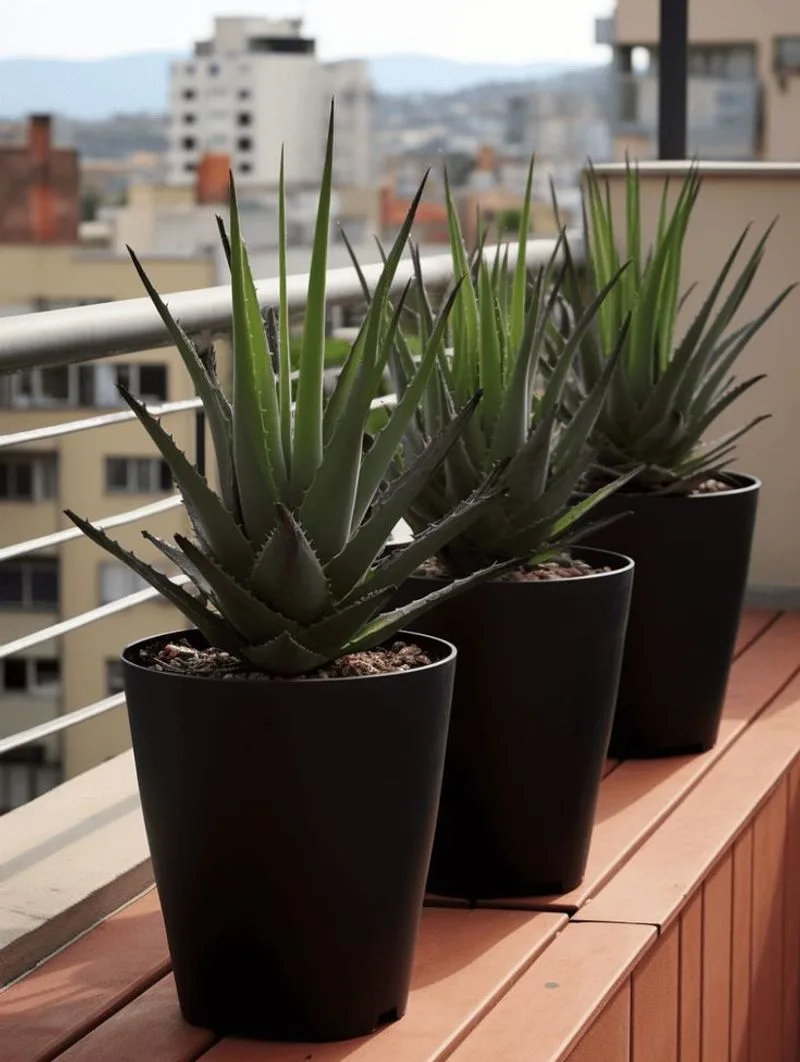
Aloe vera, celebrated for its medicinal properties, is not only a healing plant but also a sun-loving beauty. Its fleshy leaves store moisture, allowing it to withstand heat with ease.
This hardy plant requires little water, thriving in bright light. Its soothing gel is an added bonus for those who enjoy natural remedies.
Did you know? Aloe vera has been used for centuries in traditional medicine around the world. Its reputation as a “plant of immortality” speaks to its resilience and usefulness beyond mere aesthetics.
Lantana
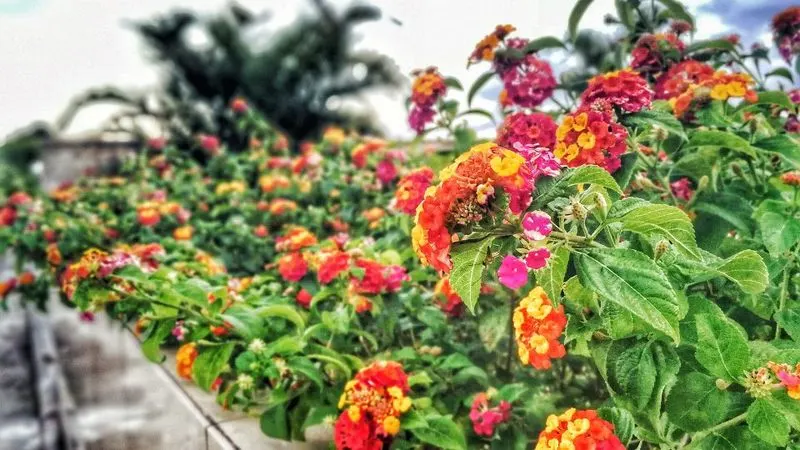
Lantana, with its clusters of bright, multi-colored flowers, is a beacon of vibrancy. This hardy plant thrives in sunny conditions, handling heat like a pro.
Its drought-resistant nature makes it ideal for balconies where watering might be less frequent. The colorful blooms attract butterflies, adding life to any garden.
Fun fact: Lantana is native to tropical regions of the Americas and Africa. Its ability to thrive in various conditions has led to its spread around the globe, bringing color to gardens everywhere.
Portulaca
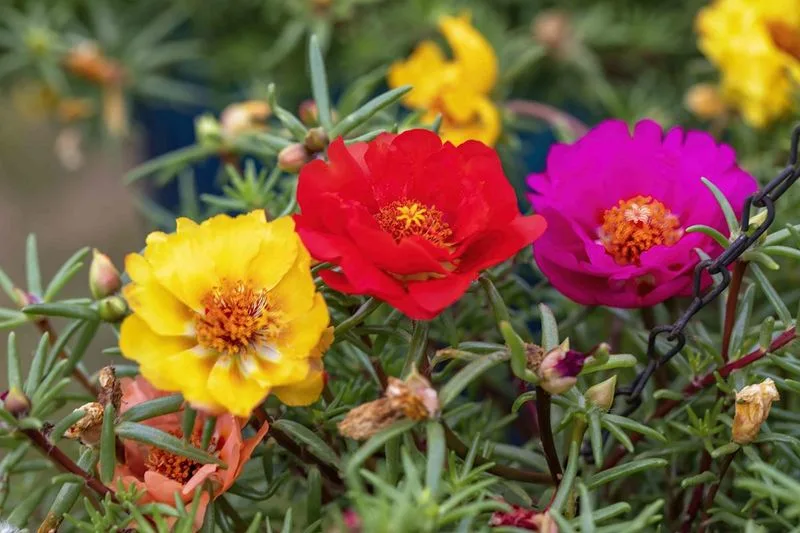
Portulaca, also known as the “moss rose,” is a burst of sunshine with its succulent leaves and vibrant flowers. Its drought-tolerant nature makes it a favorite for hot, sunny balconies.
This cheerful plant requires minimal care, adding a pop of color with its bright blooms. Its ability to thrive in poor soil conditions is an added advantage.
Did you know? Portulaca flowers can open and close in response to sunlight, a fascinating feature that adds a dynamic element to your garden.
Yarrow
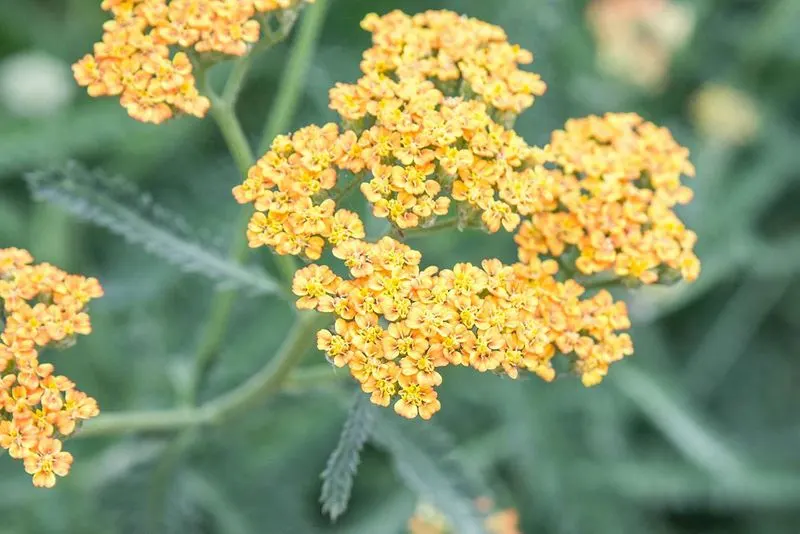
Yarrow, with its clusters of tiny, cheerful flowers, is a testament to nature’s resilience. This hardy perennial thrives in full sun, making it a top pick for heat-prone balconies.
Its drought-resistant qualities mean it requires minimal watering once established. Yarrow’s feathery foliage and vibrant blooms add texture and interest to any garden space.
Interesting tidbit: Yarrow has been used for centuries in traditional medicine, often referred to as “nature’s band-aid” for its healing properties. Its history adds depth to its beauty.
Sedum
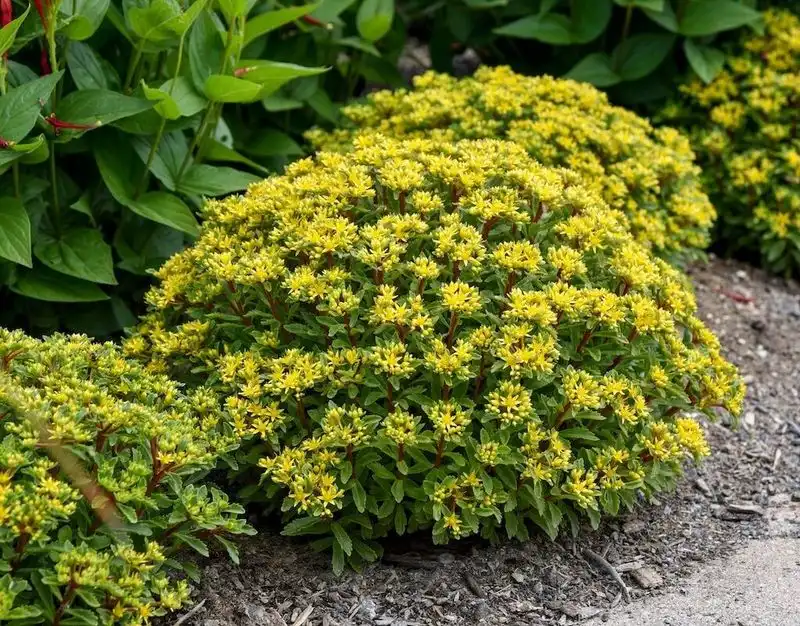
Sedum, often called “stonecrop,” is a master of survival in the plant world. Its fleshy leaves store water, allowing it to withstand hot, dry conditions with ease.
This low-maintenance plant flourishes in sunny spots, requiring little care. Its variety in shape and color offers endless possibilities for creative garden arrangements.
Fun fact: Sedum has been used in roof gardens for its insulating properties. Its ability to thrive in thin soil makes it a sustainable choice for eco-friendly gardening.

